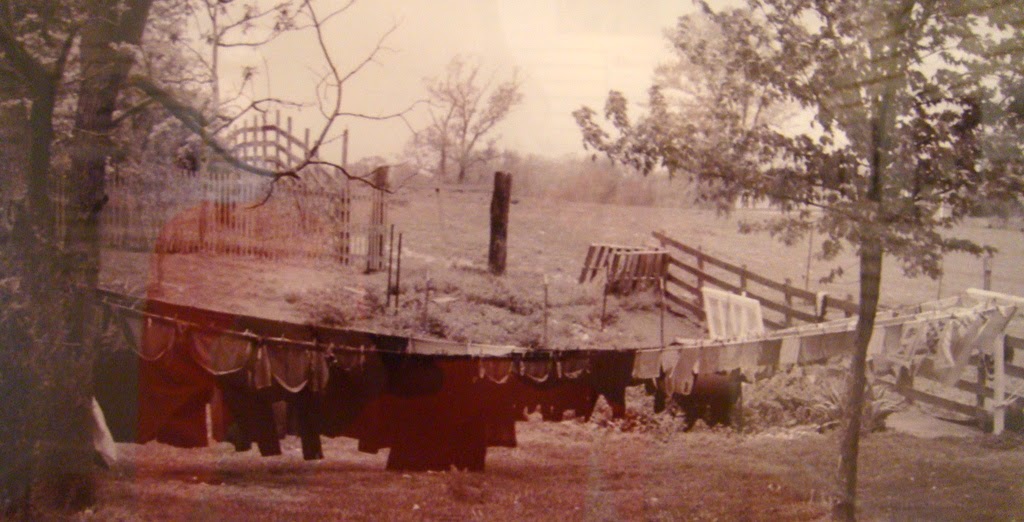I enjoyed the irony of the fact that racism resulted in African-Americans being well-situated to engage in espionage. Slaves were part of the background of Southern life. Most slave owners assumed that African-Americans lacked the intelligence to understand information they overheard about troop movements and the like. And of course most, but not all, slaves were illiterate, so important documents were often left in plain view for slaves who did have reading skills to see. (This tidbit reminded me of the scene in "Invention of Wings" by Sue Monk Kidd when Sarah is told that she has engaged in an act of treason by teaching Handful how to read.)
One device used to pass information was the “clothesline telegraph,” Dabney was a cook with Union General Joseph Hooker's camp outside Fredericksburg, Virginia. Dabney's wife (whose name is not known) worked as a laundress in Fredericksburg for a number of Confederate soldiers, a job that allowed her access to considerable information about troop movements. The couple established a system pursuant to which each Confederate general was assigned a shirt color and and each placement of the shirt on the clothesline represented a different location. With each change to the clothesline, Dabney and, in turn, General Hooker received considerable intelligence about Confederate plans.
Not all whites were of the view that African-Americans should remain slaves. Elizabeth Van Lew was from a prominent Richmond family. Following her father's death, all of the slaves in the Van Lew household were freed. Among them was Mary Bowser. Recognizing Bowser's intelligence, Van Lew arranged for her to be educated at the Quaker School for Negroes in Philadelphia. Bowser returned to Richmond after graduation, and Van Lew enlisted her as a spy. Bowser worked as a housemaid for
Jefferson Davis at the “Southern White House” where documentation about the war was readily available. (For those of us who have forgotten our history, Davis was the President of the Confederate States of America during the Civil War.) Little did President and Mrs. Davis know that Bowser was not only literate, but she had a photographic memory.
One way that Bowser passed along information was through the use of hollowed out eggs that were placed in a basket along with real eggs. When the eggs were delivered, the recipient could make an omelet while deciphering the coded message.
And who doesn’t love the old invisible ink trick? It was a favorite of Van Lew as well. A secret message would be written in sugar water in a seemingly innocuous piece of correspondence, only to be revealed when the recipient passed the letter over a flame. Simple yet effective.
Thanks to Dr. Martha Bireda, Executive Director of Blanchard House Museum, and Jill, Scot and Beth Shively for putting together this interesting exhibit.







No comments:
Post a Comment